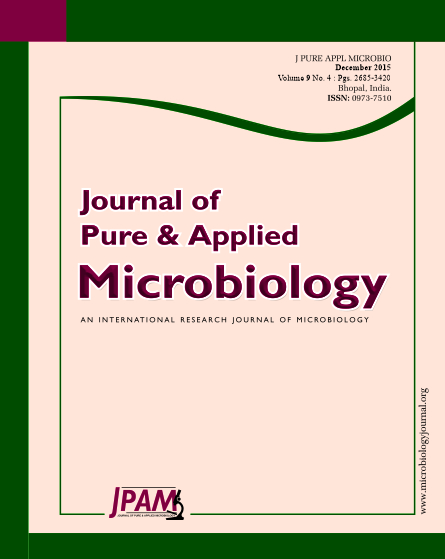Seventy isolates of Ralstonia solanacearum were isolated from wilted potato plants and tubers, collected from Uttarakhand, Meghalaya, West Bengal, Himachal Pradesh, Odisha and Karnataka states of India to characterize biovars (bv), races, and phylotypes. The race identification of R. solanacearum isolates was done by using differential host such as potato (cv. Kufri Jyoti), tomato (cv. Pusa Ruby) and tobacco (cv. White Burley). Two races were found in potato and race 1 was found all the states except Meghalaya, while race 3 occurred all the states except Karnataka. Biovar of R. solanacearum was characterized using the oxidization of disaccharides and sugar alcohols and out of 70 strains, four types of bv was identified and among them bv 3 (42.86%) was prevalent all the states, whereas bv 2 did not find in the West Bengal and Karnataka. For characterization of phylotyping of R. solanacearum, phylotype multiplex- PCR was used and three different types of phylotype were identified and among them phylotype I (54.29%) was prevalent in India followed by phylotype IV (34.29%) and phylotype II. It is concluded that bv3, 2 & 2T, races 1 & 3 and phylotypes I, II & IV are prevalent in potato growing areas in India.
Biovar, race, phylotype, Ralstonia solanacearum, potato, 16S rRNA
© The Author(s) 2015. Open Access. This article is distributed under the terms of the Creative Commons Attribution 4.0 International License which permits unrestricted use, sharing, distribution, and reproduction in any medium, provided you give appropriate credit to the original author(s) and the source, provide a link to the Creative Commons license, and indicate if changes were made.


